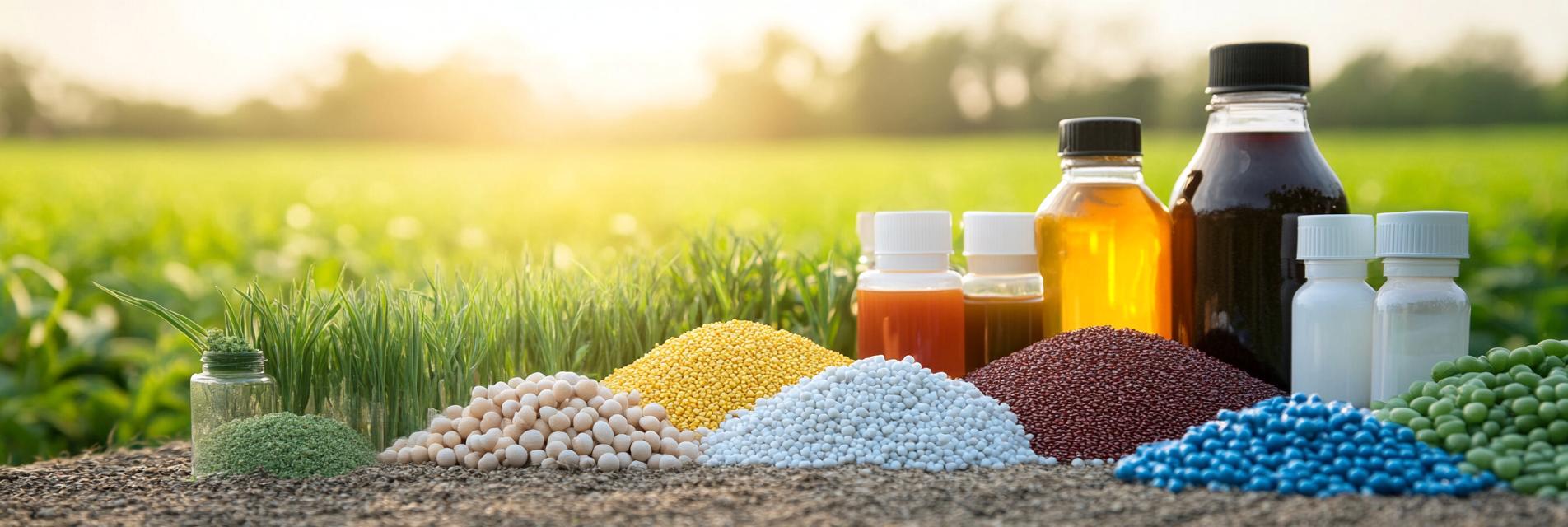The global nitrogen fertilizer market plays a critical role in modern agricultural practices, providing essential nutrients needed for crop production. As farmers strive to optimize yields while facing environmental challenges and economic pressures, understanding the application strategies of nitrogen fertilizers becomes increasingly important.
Different crops have specific nitrogen needs depending on their growth stages and soil conditions. For instance, cereal crops such as wheat and corn thrive on split applications of nitrogen, which involve applying a portion of the fertilizer at planting and the remainder during the growing season. This approach helps to maximize nutrient uptake and minimize runoff into water systems.
Farmers often encounter several challenges when using nitrogen fertilizers. One common issue is the timing of application. Applying too early can lead to nutrient loss through volatilization or leaching, while applying too late may not provide the nutrients needed for optimal crop growth.
Precision farming technologies, including soil sensors and satellite imagery, offer solutions to address these issues. By continuously monitoring soil nutrient levels and crop health, farmers can make data-driven decisions about when and how much nitrogen fertilizer to apply. This not only improves crop yield but also reduces environmental impact.
To promote sustainability in nitrogen use, practices such as cover cropping and nitrogen-fixing intercrops can be implemented. Cover crops improve soil health and reduce nitrogen leaching, while nitrogen-fixing plants, such as legumes, naturally enhance soil nitrogen content, reducing the need for synthetic fertilizers.
As the global market for nitrogen fertilizers continues to evolve, it is essential for farmers to stay informed about application techniques and sustainable practices. By addressing common challenges and leveraging modern technologies, they can enhance productivity while fostering environmental stewardship.
